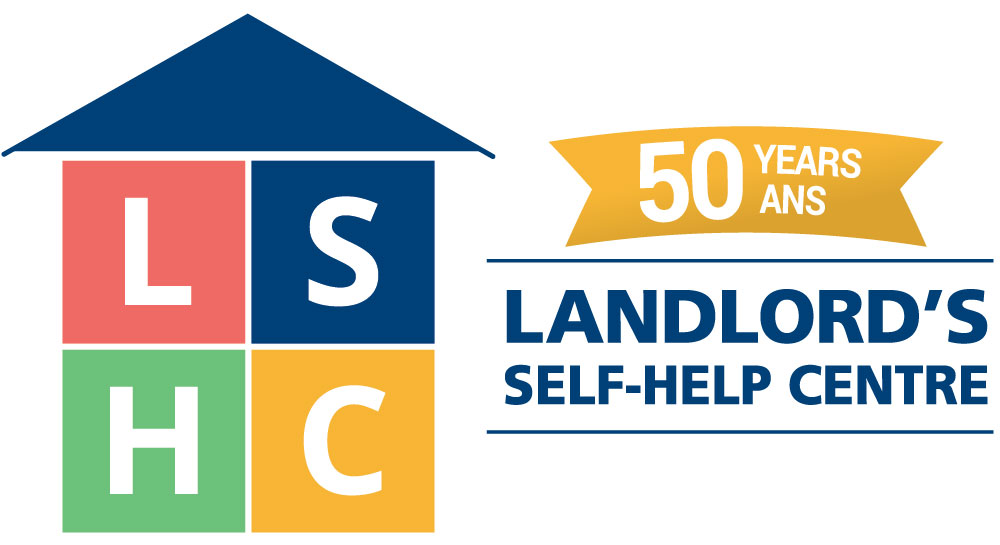Your first stop for self-help is a review of our FAQs. Take a look at the ever increasing collection of questions asked by Ontario’s small-scale landlords as well as the actual answers provided by Landlord’s Self-Help Centre.
First, talk to your tenant about this issue and explain that it is a safety hazard and it should be removed as soon as possible. Try to document this conversation if possible. If the tenant doesn’t comply, you may have to issue a notice, in this case the Form N7 can be served to the tenant. A landlord would have to prove at a hearing that the appliances are a safety hazard and impairs the safety of other tenants.
The first thing to do is tell your tenant in writing to immediately remove it as it is not safe. If he doesn’t comply, you can then give a notice, in this case a Form N7 – Notice to End Your Tenancy for Causing Serious Problems in the Rental Unit or Residential Complex. After serving this notice, which is a 10 days’ notice, you can then file an application with the Landlord and Tenant Board to have a hearing. The Board may expedite the process if the issues are of an urgent matter.
The tenant has the right to file a T6: Tenant Application about Maintenance. Under this application, the tenant can claim for the cost of the lost food if you didn’t act on it in a timely manner.
Unless the tenant willingly or negligently causes any damage to the appliances, this is not their responsibility to fix the appliance.
Even though the tenant agreed to take responsibility for these appliances, the RTA states under section 20 (1) that a landlord is responsible for providing and maintaining the rental unit, which would include any appliances provided as part of the rental agreement. As such, it is still the landlord’s responsibility to maintain any appliances provided by the landlord.
Since there was a contractual obligation to get consent before installing an air conditioner, you can argue that failure to do this has substantially interfered with your reasonable enjoyment, lawful right or interest. This would mean serving an N5 notice. The N5 form must provide a termination date of at least 20 days after the notice is given and give detailed reasons for termination, such as specific dates and times of all the events that occurred. The N5 notice informs the tenant that if they correct the problem within 7 days of receiving the notice, the notice will be void and the tenant will not have to move out.
If the tenant fails to correct the situation, then you may file an L2 application with the Landlord and Tenant Board on or after the 8th day. The application must be filed within 30 days of the termination date on the N5. As a side note, when calculating the termination date for the N5, landlords must treat the day that they serve the notice to the tenant as day zero.
The forms and instructions are available here on the Board’s website: https://tribunalsontario.ca/ltb/forms/
There is no provision in the Residential Tenancies Act that states the landlord is responsible to pay for the tenant’s lost food when the fridge malfunctions. The landlord has a duty to fulfill his maintenance obligations and deal with the situation as quickly as possible.
There is no specific way to prohibit a tenant from obtaining appliances. It can be stated in a lease agreement but even then it would be difficult to enforce. Basically unless the appliance has caused damage or is causing some electrical or plumbing problem the landlord does not really have much recourse.

